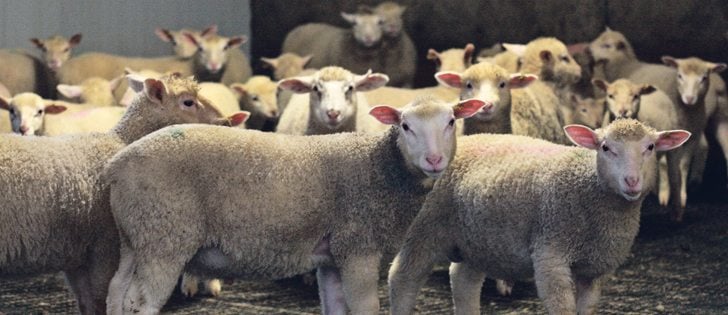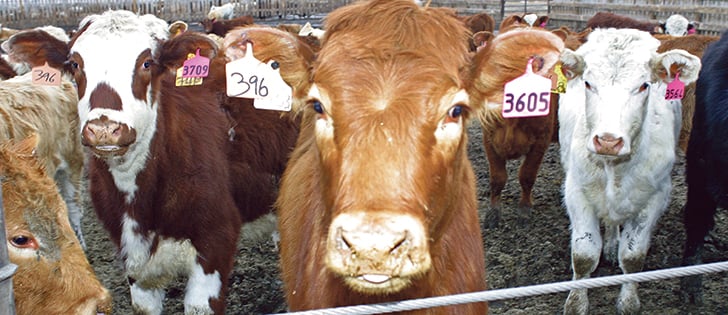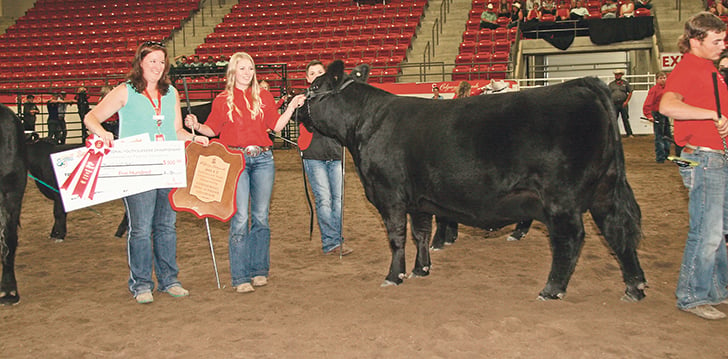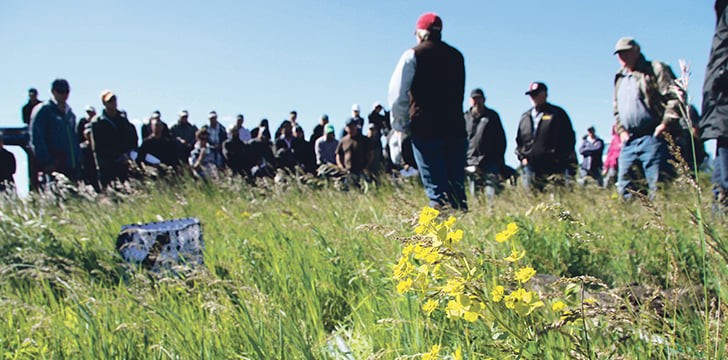A colostrum bank is a good idea for goat producers who want to make sure they have enough on hand for their herds.
Dr. Chris Clark of the Western College of Veterinary Medicine said a mother’s colostrum is obviously the best choice for a kid, but some won’t be able to supply what their kids need.
“Does and ewes are often dumbfounded by the number of babies they produce,” Clark told the Sask-atchewan Goat Breeders Association.
As well, the colostrum produced by doelings is not as good as that produced by mature does.
Read Also
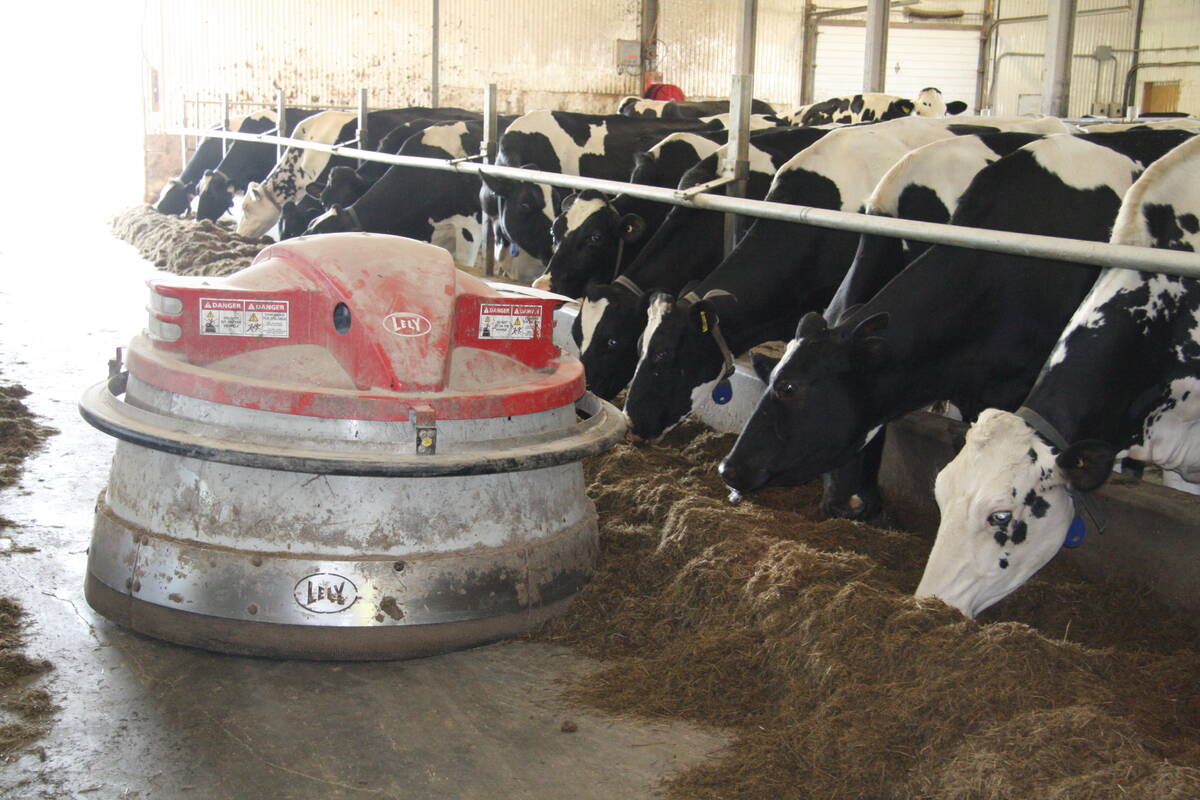
Partnerships, communication key to disease management
Communication and strong, trusted partnerships are key to managing infectious diseases like Foot and Mouth Disease and HPAI.
Clark said getting as much colostrum as possible into a kid within six hours of birth gives it a much better chance at survival. Most recommend that a kid be fed 10 percent of its bodyweight in small amounts.
The next best choice if a mother’s colostrum isn’t enough or available is colostrum from a doe from the same farm, followed by a doe from another farm but of the same species and the third choice is a commercial replacement.
The colostrum from dairy goats is less concentrated than that of meat goats, Clark said.
One way to establish a colostrum bank is to take some from a mature doe that produces only one kid.
“She can donate half to the bank,” Clark said.
A doe whose kids die can donate all its colostrum.
He said small food containers are ideal to freeze small amounts suitable for newborn kids.
The colostrum and its antibodies remain good for two years when kept frozen, he said.
The defrosting method is important: float the container in a bowl of warm water and defrost it gently to preserve its qualities.
He said good quality freeze-dried colostrum replacements such as Headstart work well even though they are made from bovine colostrum.
Clark also advised producers to learn how to use a stomach tube to get the colostrum into kids quickly. This is safe as long as the kid is alert, he said.
“It takes about 30 seconds and a bottle takes about 30 minutes.”
Clark said data from cattle studies suggests one in four calves doesn’t get enough colostrum. For goats, that can mean the difference between life and death.
“Pick up that kid at least twice in 12 hours,” he said.
“You can’t rely on nature to look after the issue for you.”



